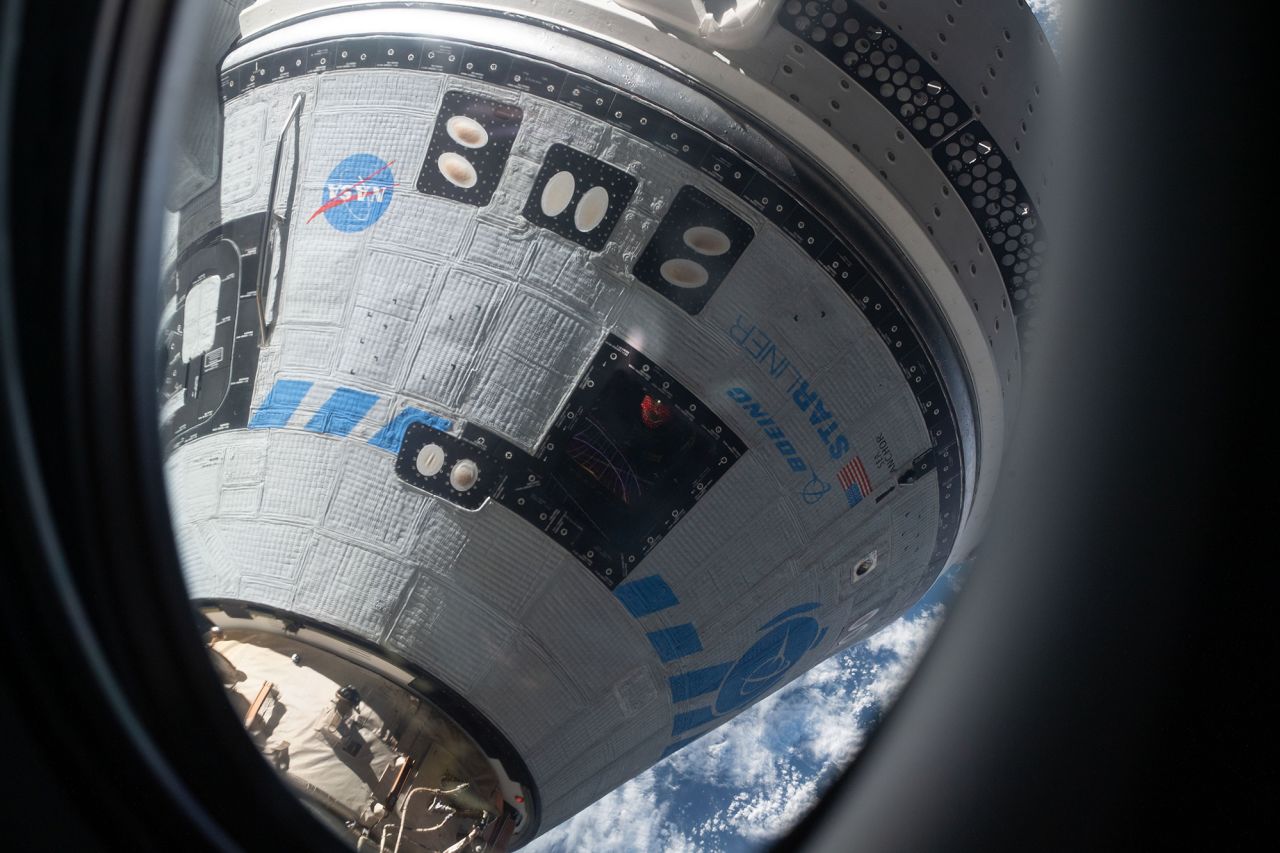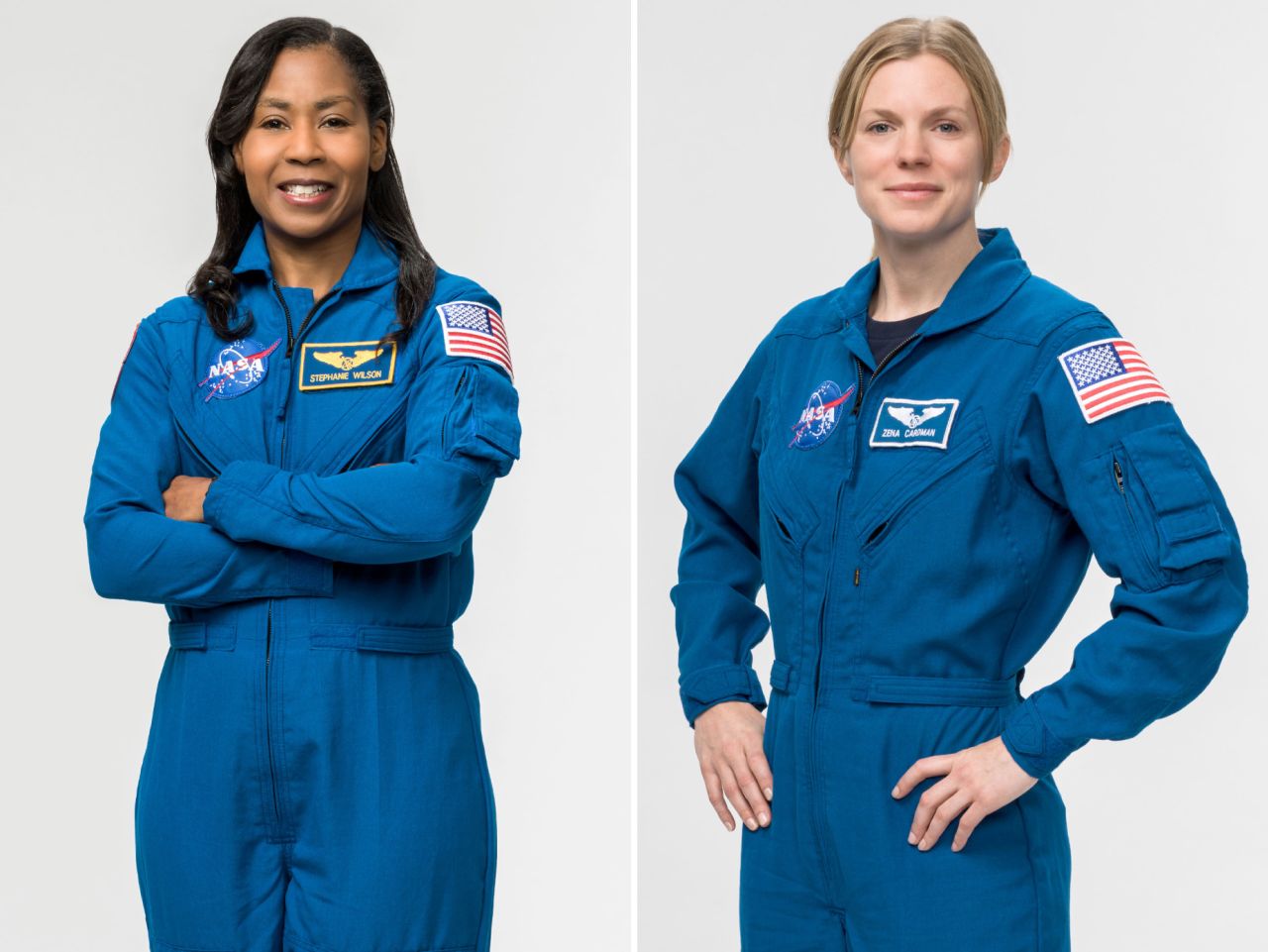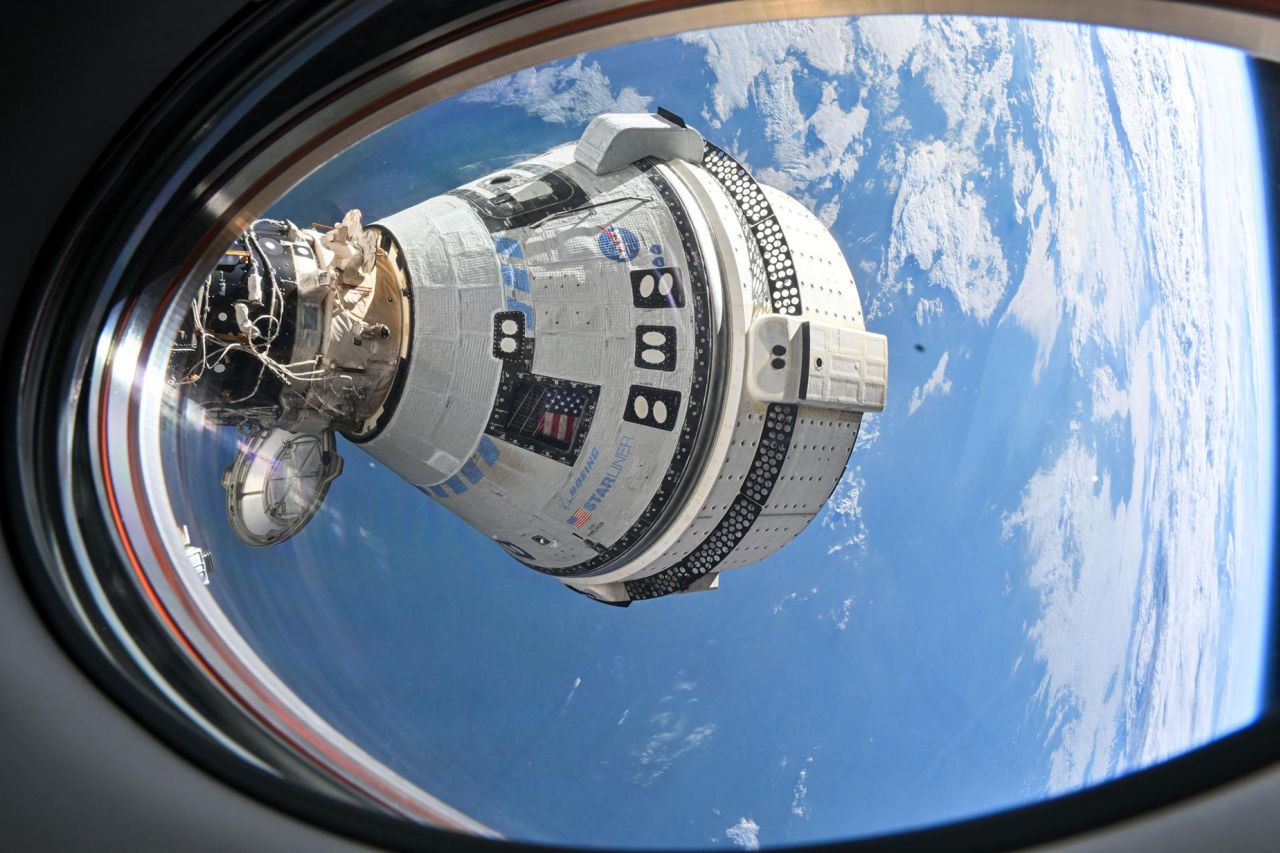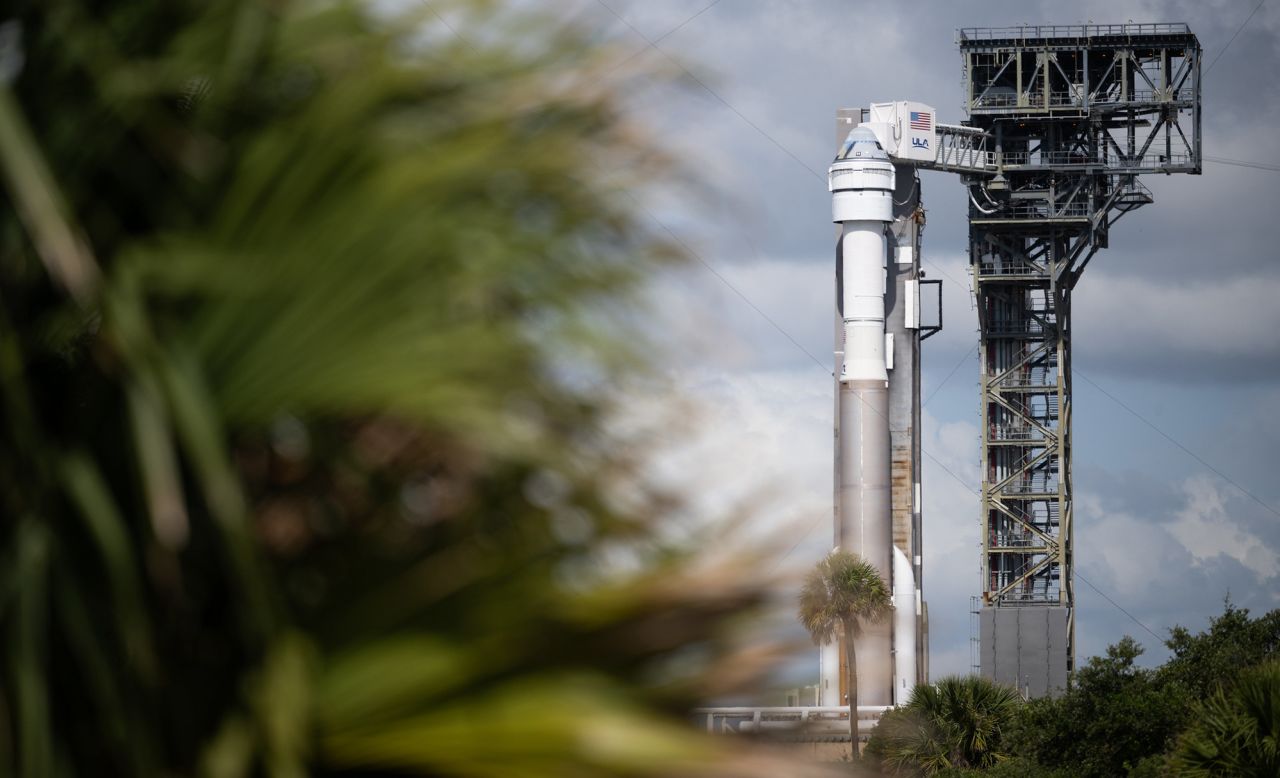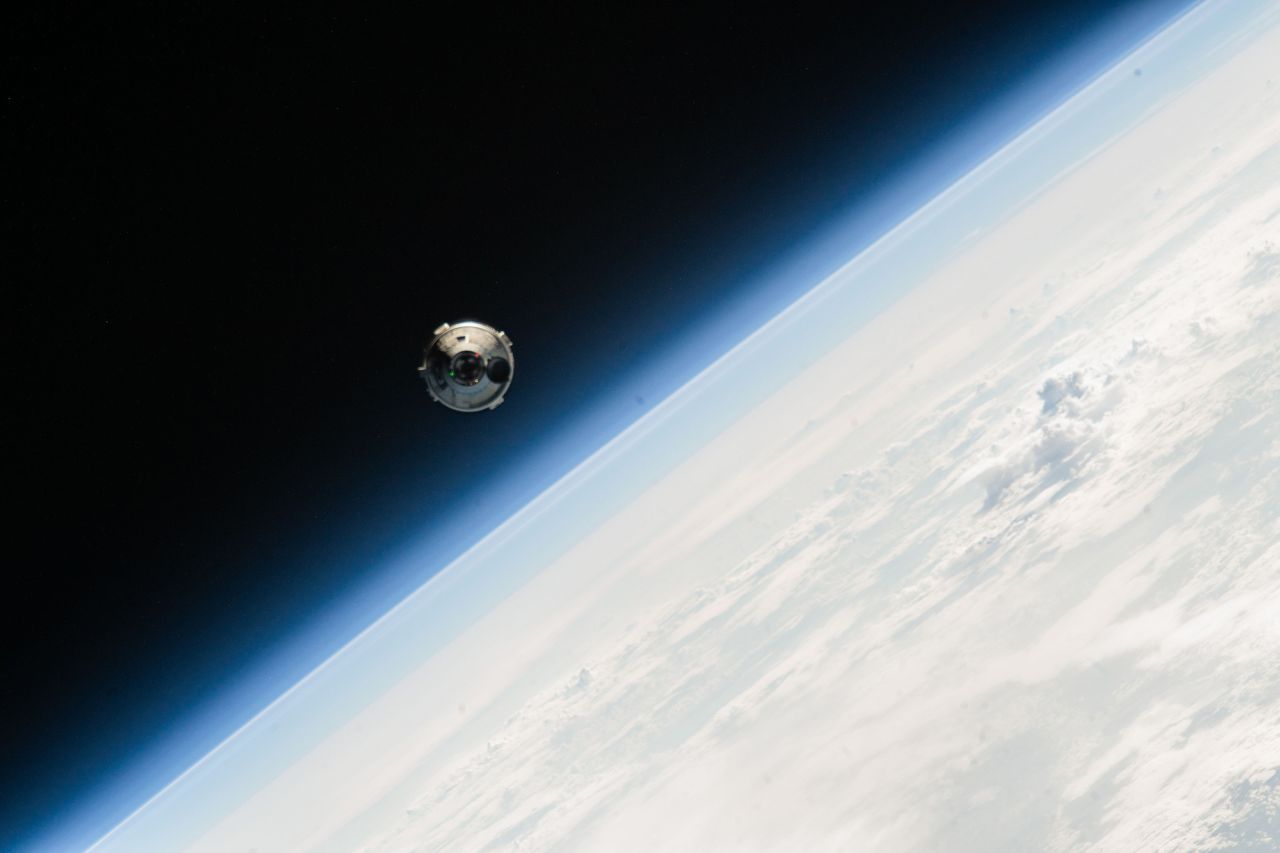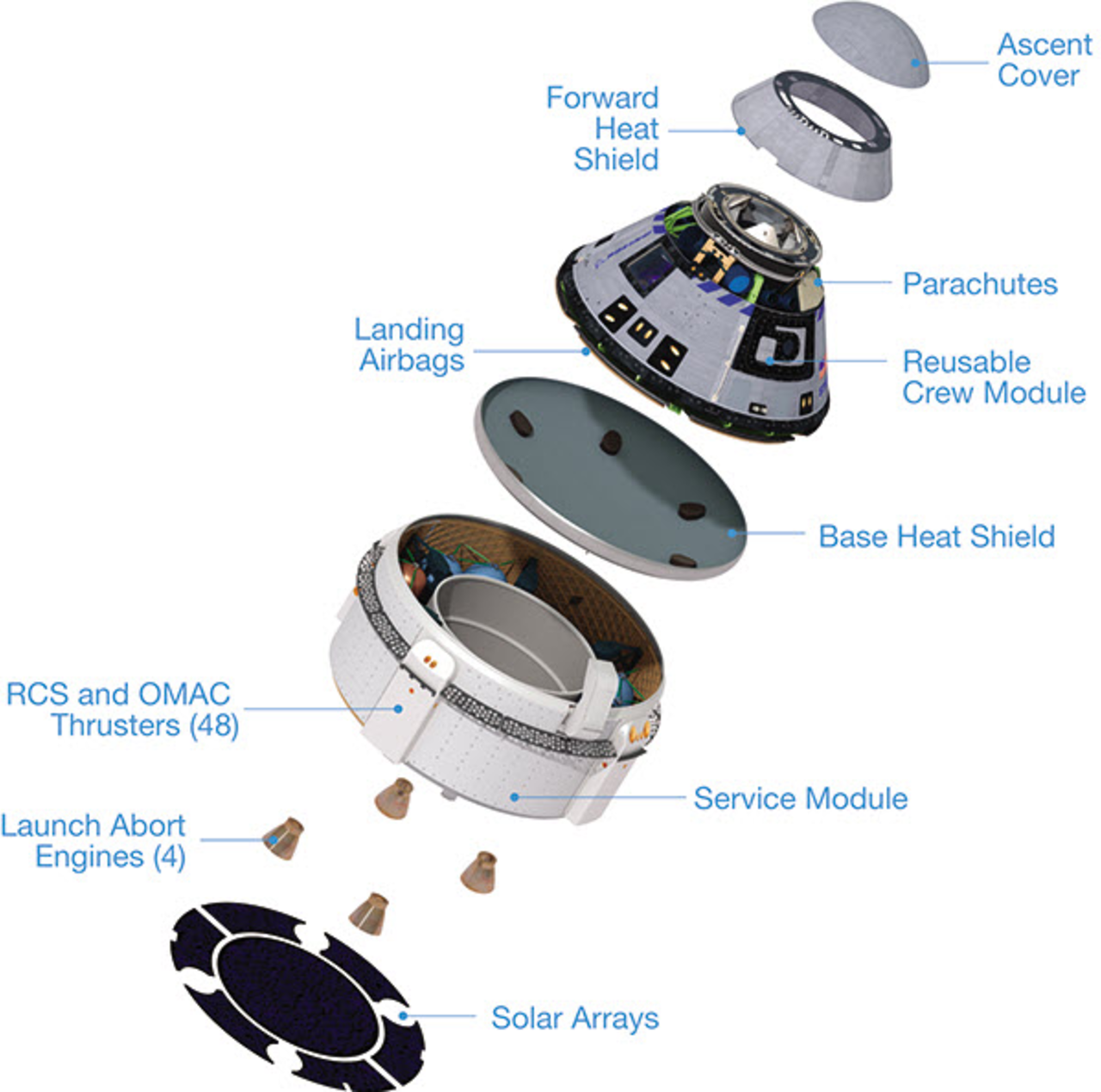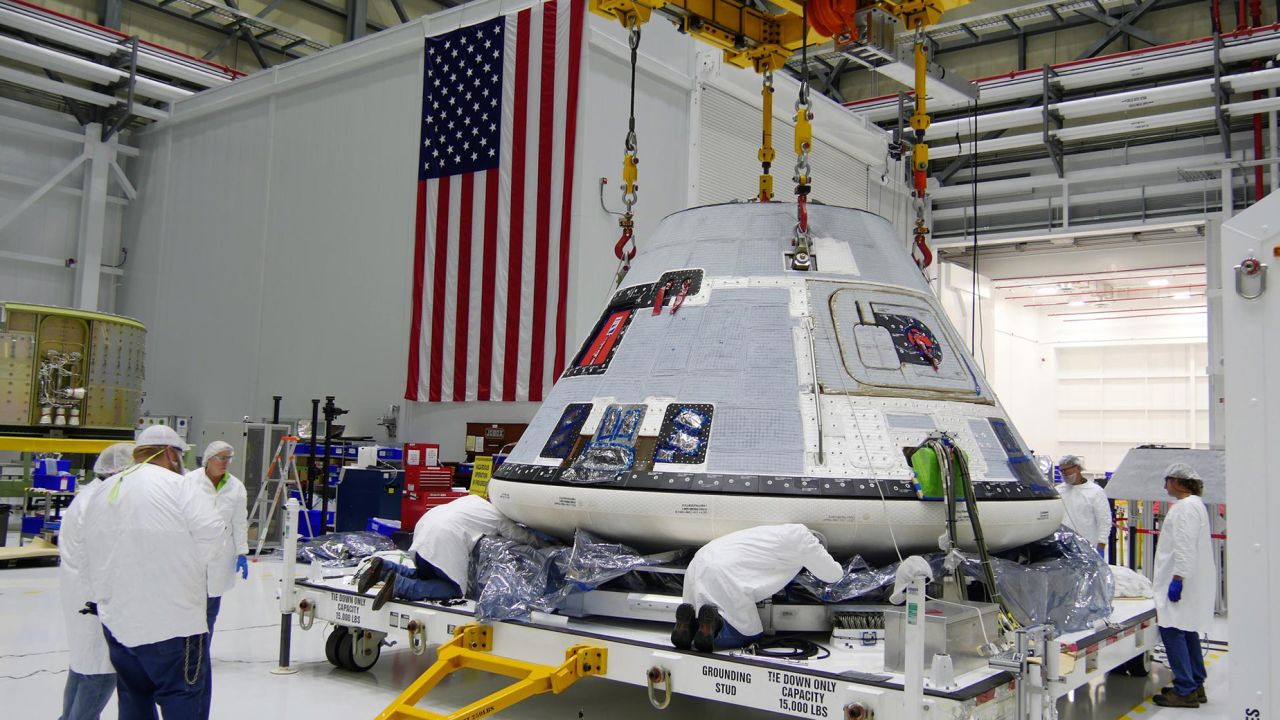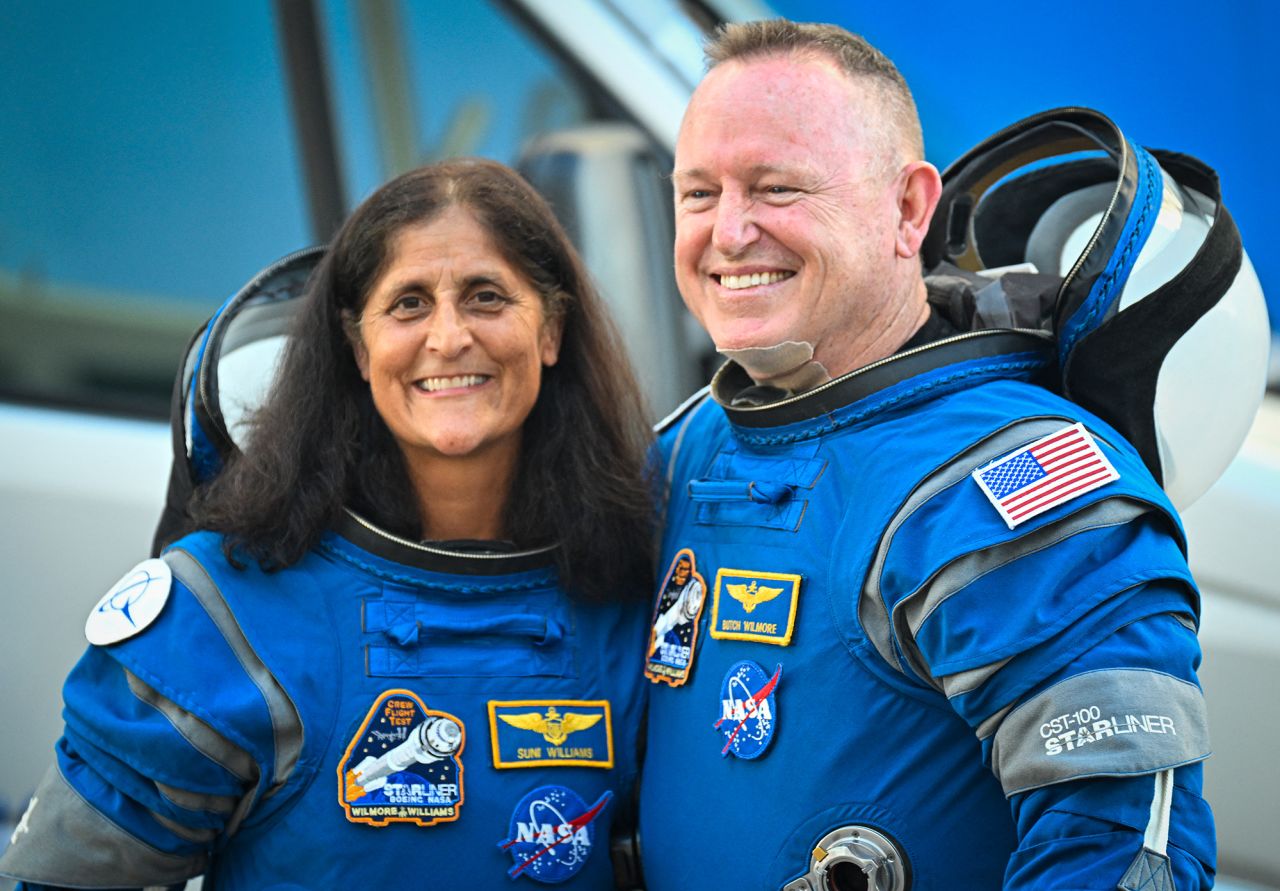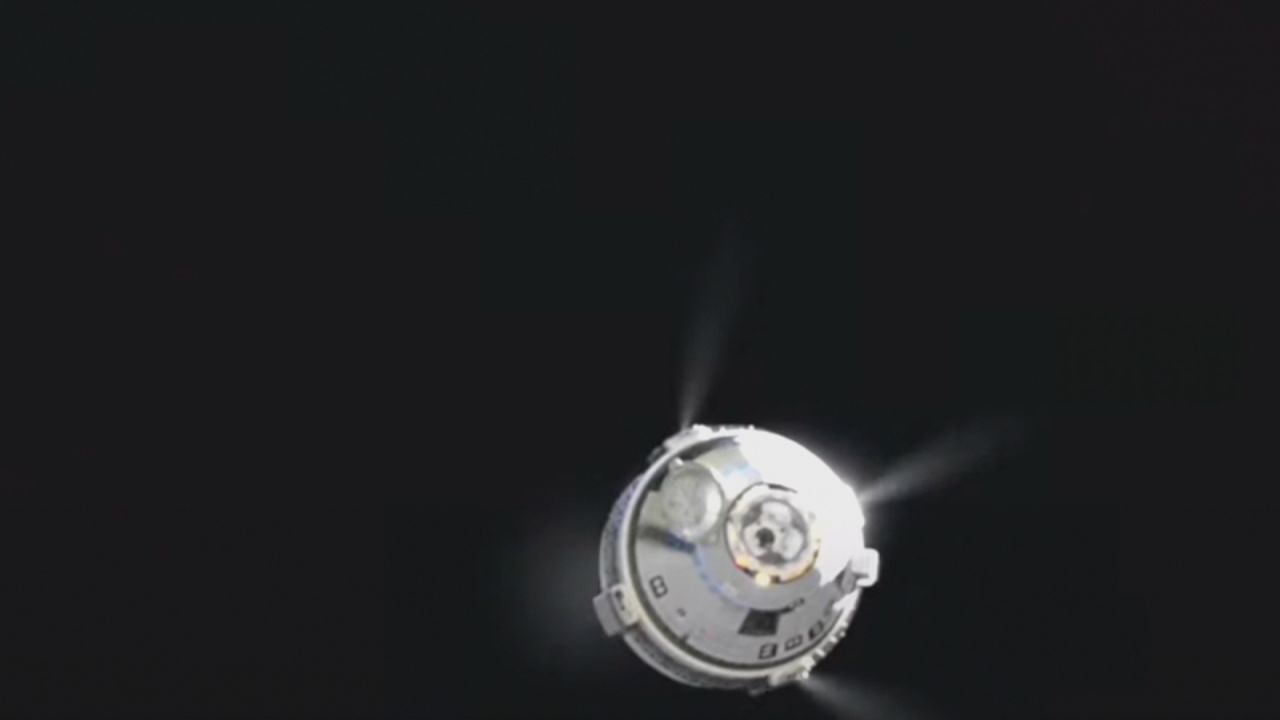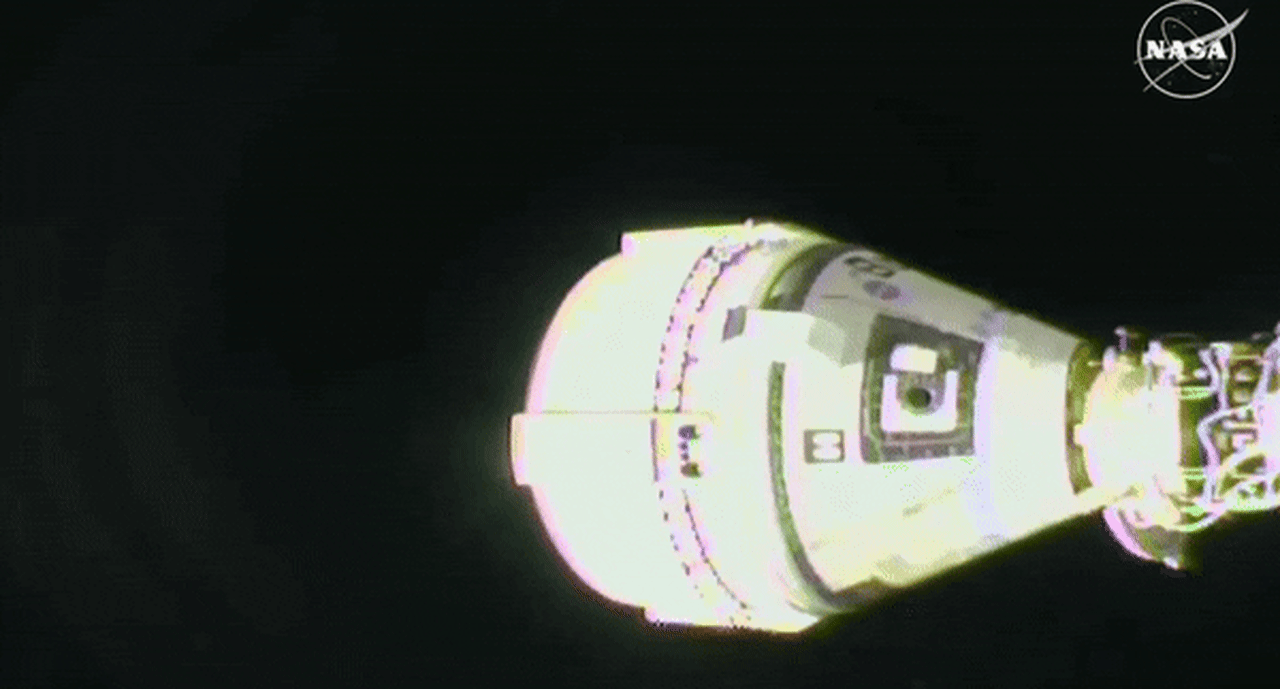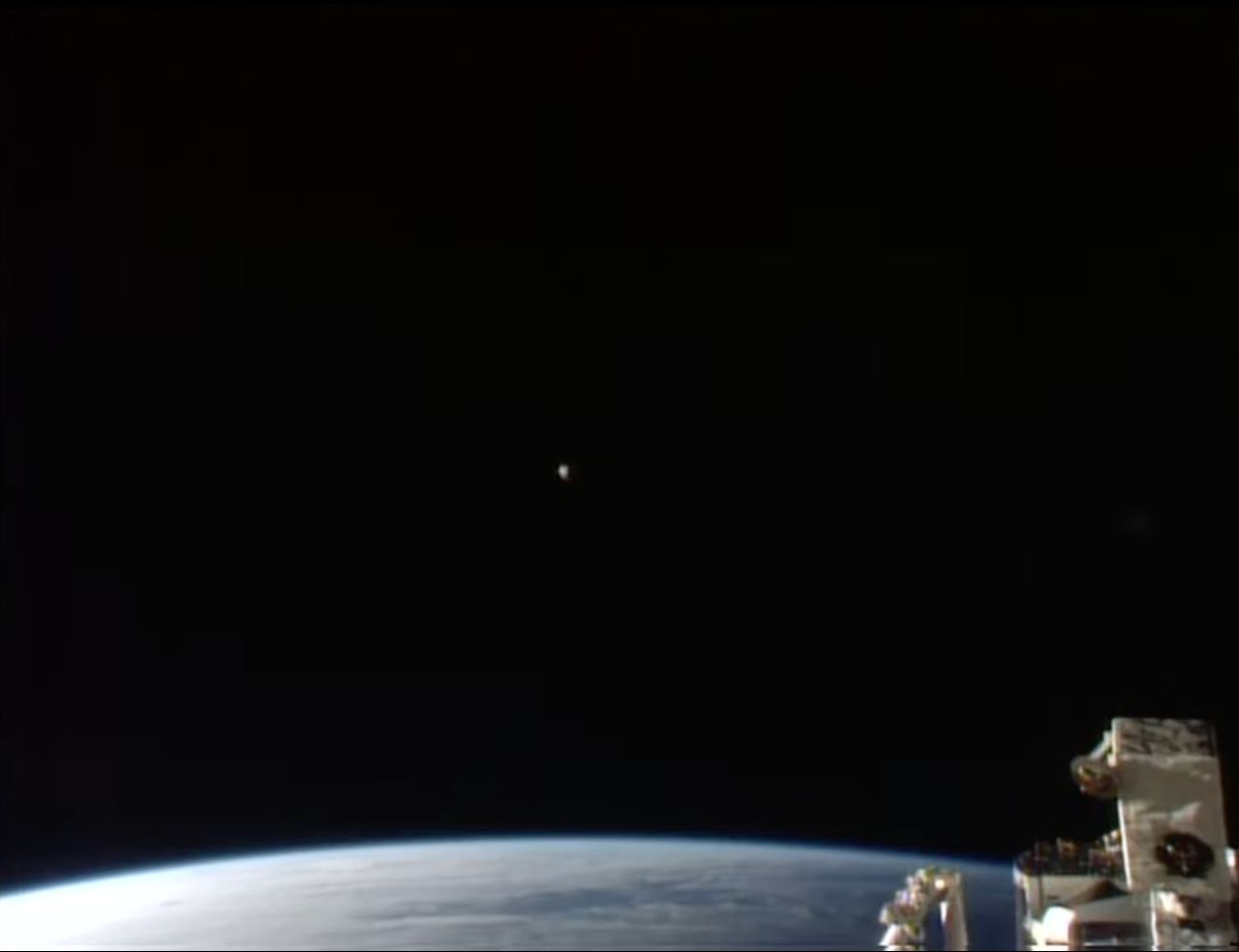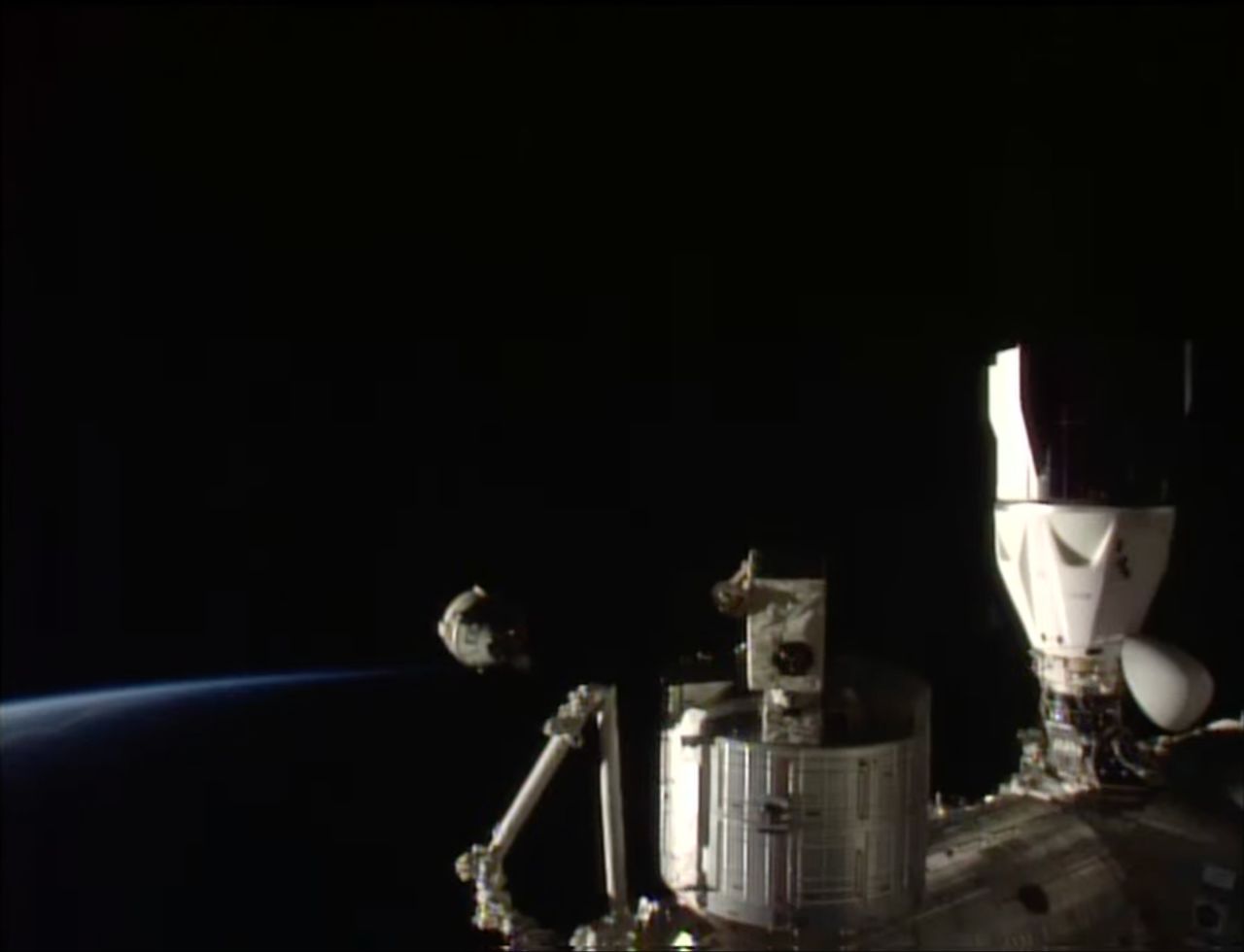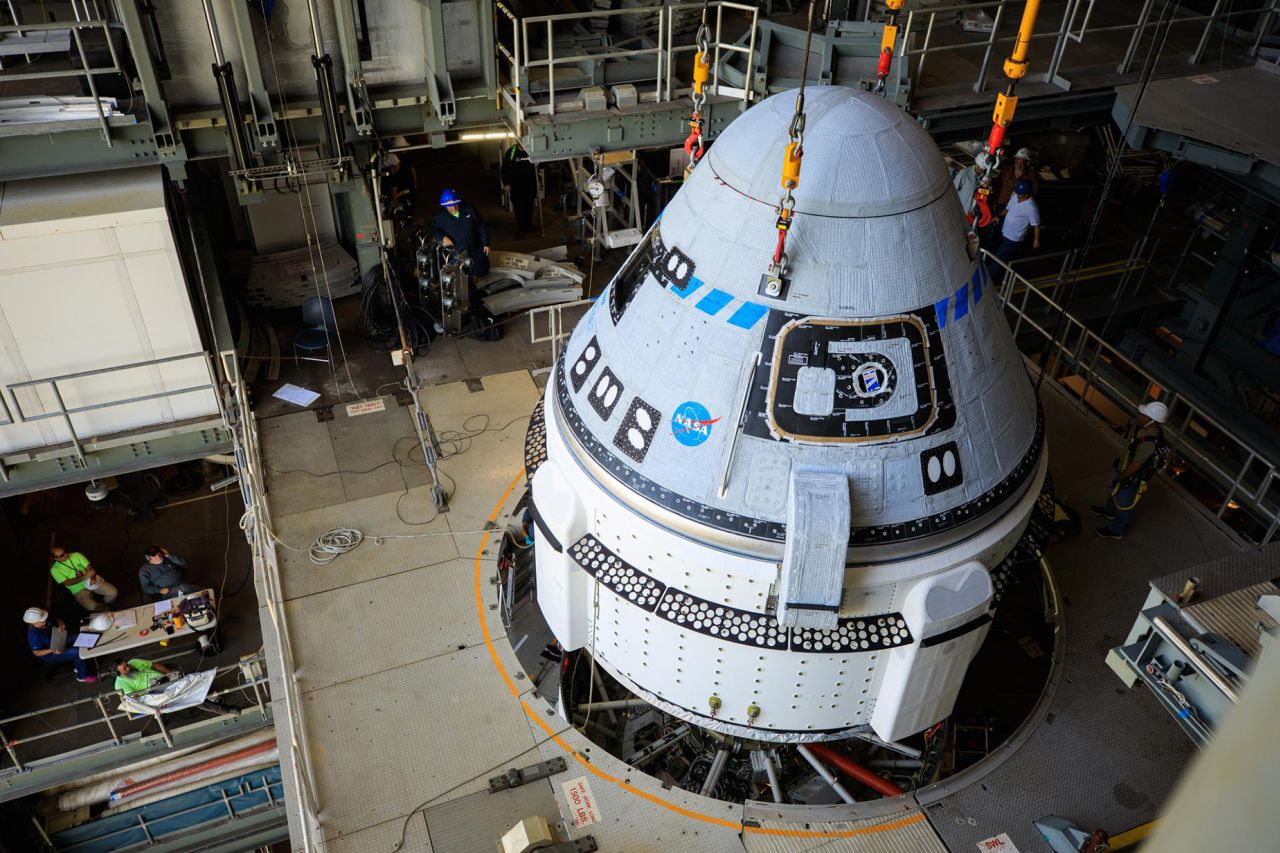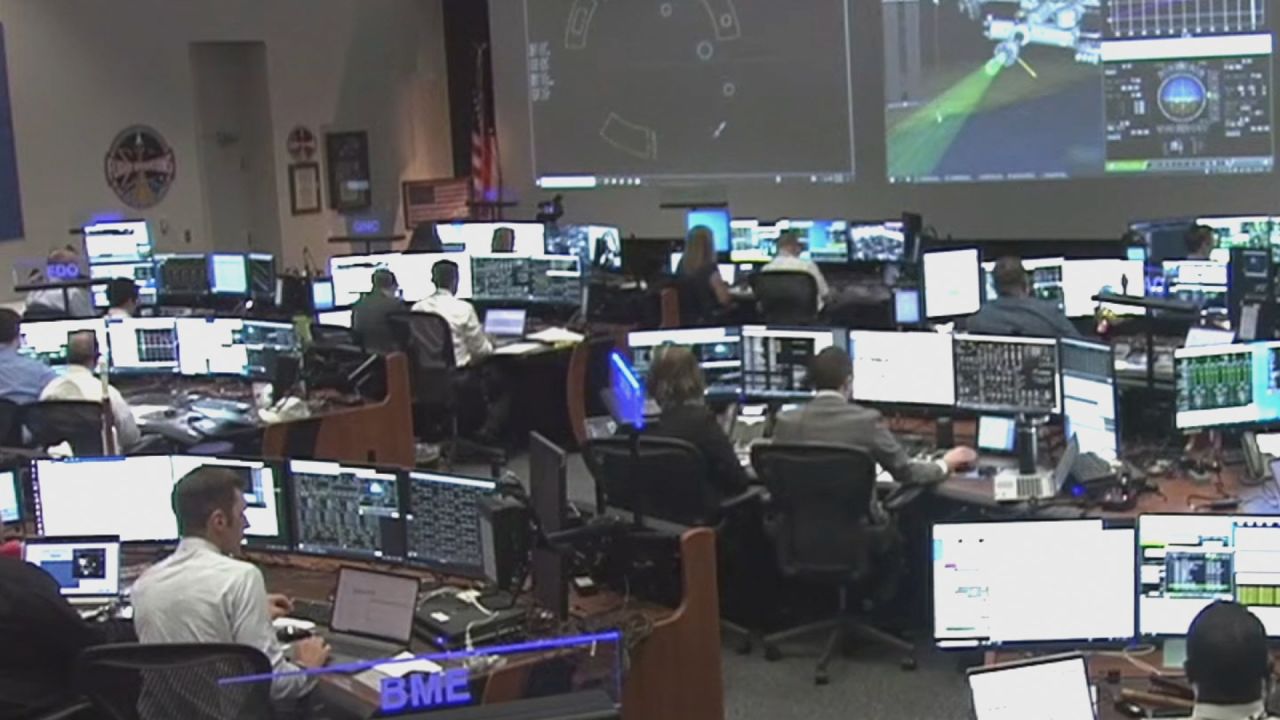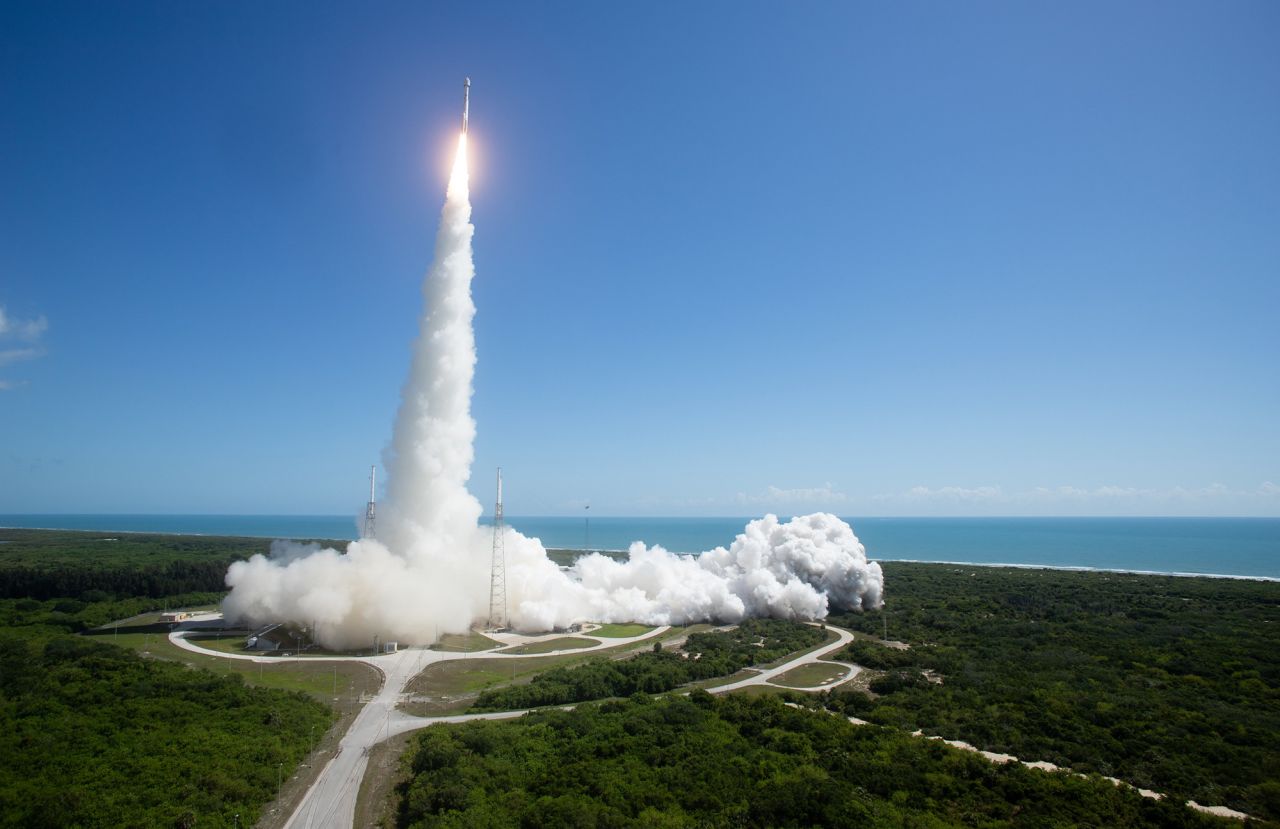Boeing's Starliner spacecraft approaches the International Space Station on June 6, 2024.
NASA
The problems that have troubled Starliner are not simple. It is, after all, rocket science.
But NASA and Boeing have worked for weeks to better understand what went wrong.
First — during the first leg of Starliner’s trip to the International Space Station in June — a series of helium leaks sprang up.
Helium, for the record, is used to pressurize propulsion systems on the vehicle that help Starliner stay oriented in space.
Separately, five of Starliner’s 28 “reaction control system” (RCS) thrusters abruptly stopped working en route to the ISS. Four were recovered, but at least one will remain out of service for the rest of the mission.?
After weeks of testing, data review and analysis, NASA and Boeing said in late July that they believed they may understand the underlying issues.
The “doghouses,” or structures attached to the Starliner that contain propulsion equipment, were flying hotter than expected, causing some Teflon seals within the thruster systems to bulge — restricting the flow of propellant and causing the RCS thruster outages.
Separately, the helium leaks may have been caused by seals that became degraded by exposure to propellant vapor.?
Determining a root cause, however, is not a perfect science.??
And even if the issues were well understood, the Starliner team was faced with the fact that it would never get to look at the propulsion system on the actual Starliner vehicle in space.
It was impossible to visually inspect as the spacecraft sat attached to the International Space Station’s exterior.
And the unit that houses the troubled RCS thrusters and the helium leaks — called the service module — is not designed to survive Starliner’s trip home.
Instead, the service module, which is a cylindrical attachment at the bottom of the crew cabin, is meant to be ejected and disposed of on the way back to Earth.?
That’s a big reason why NASA and Boeing left the vehicle attached to the ISS for so long. It gave Boeing and NASA their only chance to run whatever tests they could on the service module before it was destroyed during reentry.










